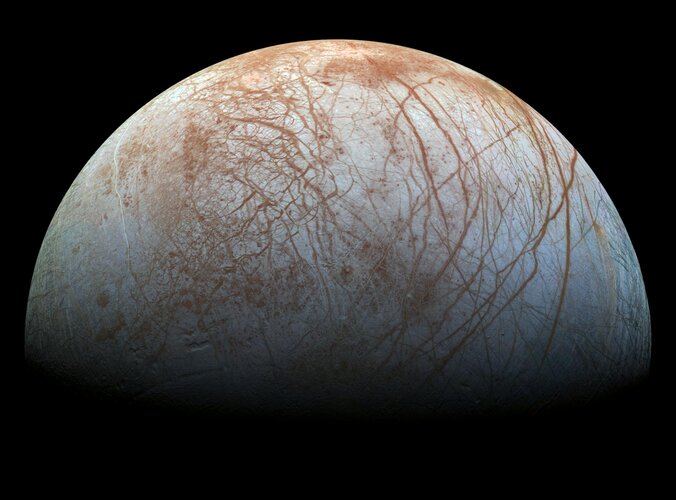For example, in 2017, Gaia data was used to predict a Europa occultation that was to occur on 31 March. At the time, the only Jovian moons that had been observed in this way were Io and Ganymede. So, thanks to Gaia’s prediction, astronomers on Earth observed a Europa occultation for the first time.
Gaia data were subsequently used to predict further occultations involving all four of Jupiter's largest moons. Known as the Galilean moons because they were discovered by Galileo Galilei, they are Io, Europa, Ganymede and Callisto.
What makes the upcoming occultation of Europa special is that this moon will be in Jupiter’s shadow at the time and so it is impossible to see Europa directly because it does not generate any light of its own. Instead, it is visible only when it reflects sunlight. As Jupiter will be blocking that sunlight during the occultation, observers will only know Europa is there when it makes the star temporarily disappear.



